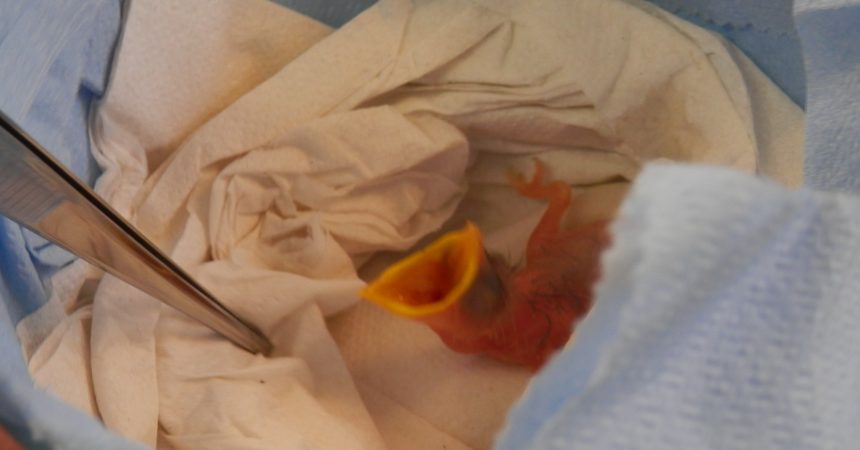Zoo InternQuest is a seven-week career exploration program for San Diego County high school juniors and seniors. Students have the unique opportunity to meet professionals working for the San Diego Zoo, Safari Park, and Institute for Conservation Research, learn about their jobs, and then blog about their experience online. Follow their adventures here on the Zoo’s website!
Interns had the privilege of spending Wednesday afternoon with two senior keepers of the Ornithology Department, Ms. Jessica Theule and Ms. Anne Knutson, at the Avian Propagation Center. At the Center, Ms. Theule and Ms. Knutson walked interns through the process of raising a bird from incubation of the egg to the bird learning to be independent. Ms. Theule and Ms. Knutson explained that their job is rewarding as they are able to raise birds that may otherwise have not survived, to be healthy adults, and are constantly learning about new research that they can share with the public.
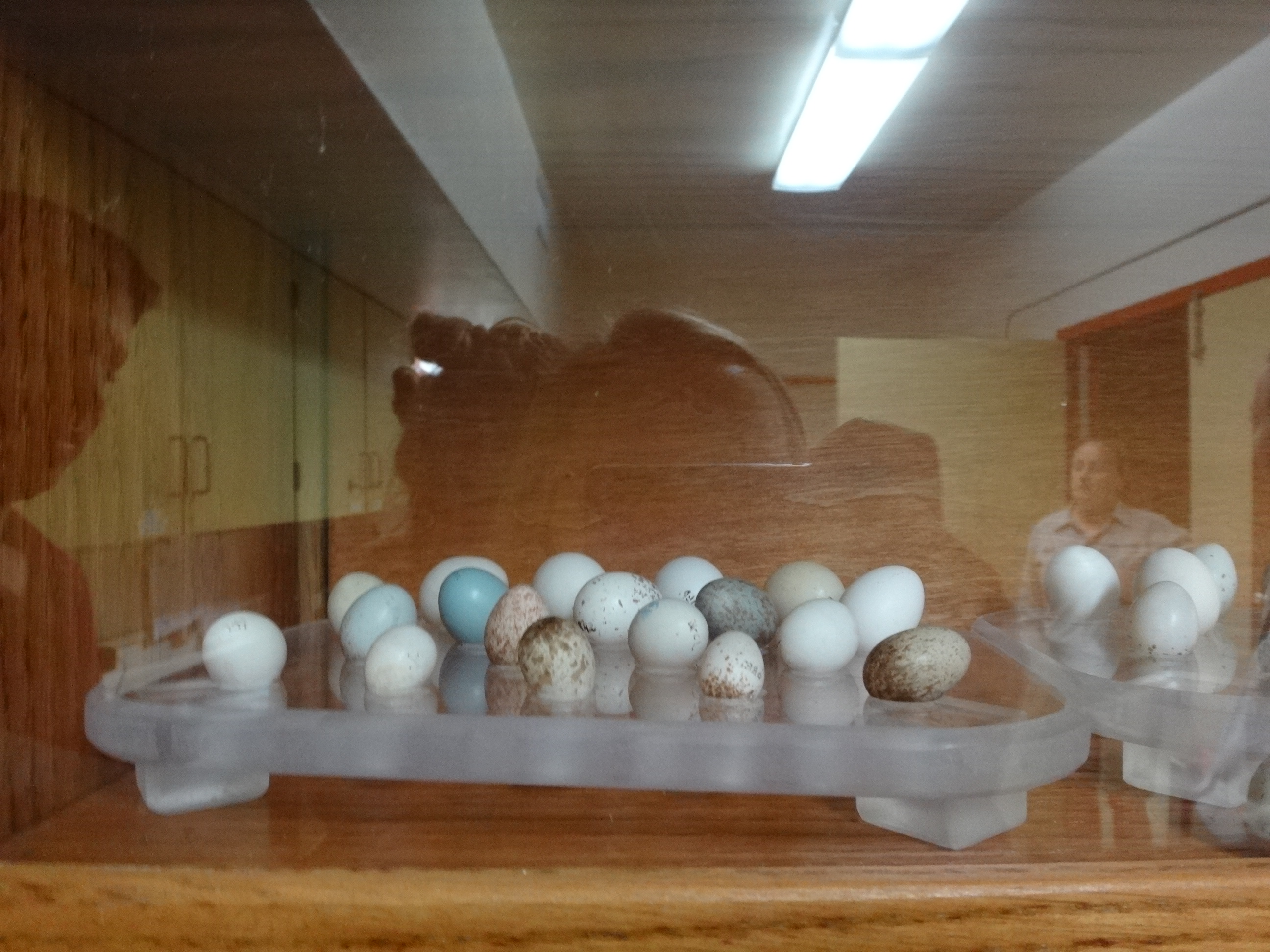
Photo 1: Interns first visited the incubation room! Ms. Theule and Ms. Knutson explained that every bird has a unique egg type, with each type of egg requiring very specific care during the incubation process. The over a dozen eggs shown here are only a small sample of the variety of coloring and sizes that bird eggs can have!
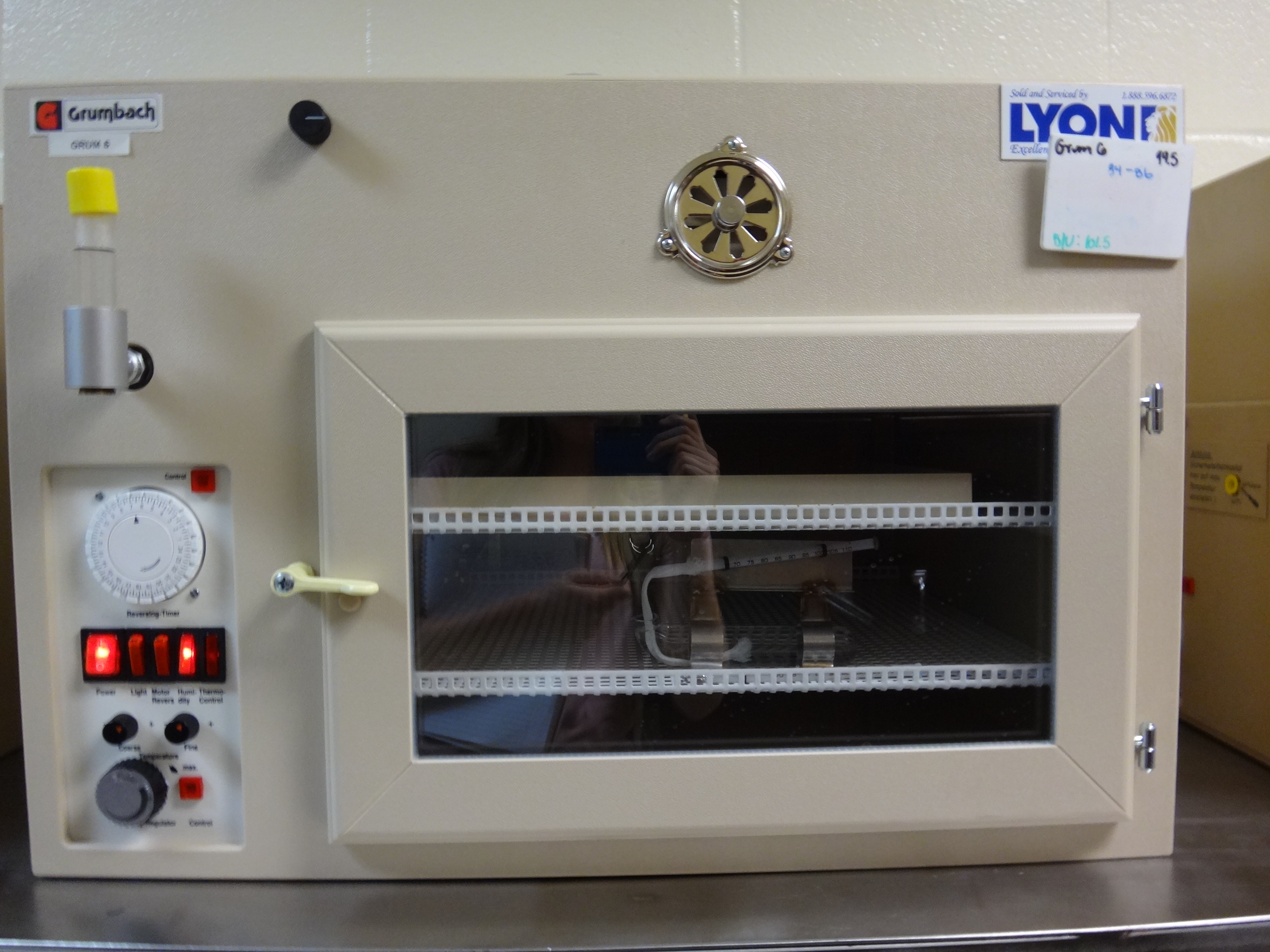
Ms. Theule explained that there are several reasons for the need incubate eggs, including the egg having fallen from the nest and being damaged, as well as, the fact that some species of birds are notable for not being good mothers and neglect their eggs. With the technology of Grumbach incubators, keepers are able to control precise temperature and humidity levels. Each species of eggs requires an extremely specific environment and incubation time that keepers must simulate to ensure a successful hatching. Not only do keepers have to maintain exact temperatures, they also must maintain certain humidity levels in order to control the amount of weight loss an egg is supposed to have throughout incubation.
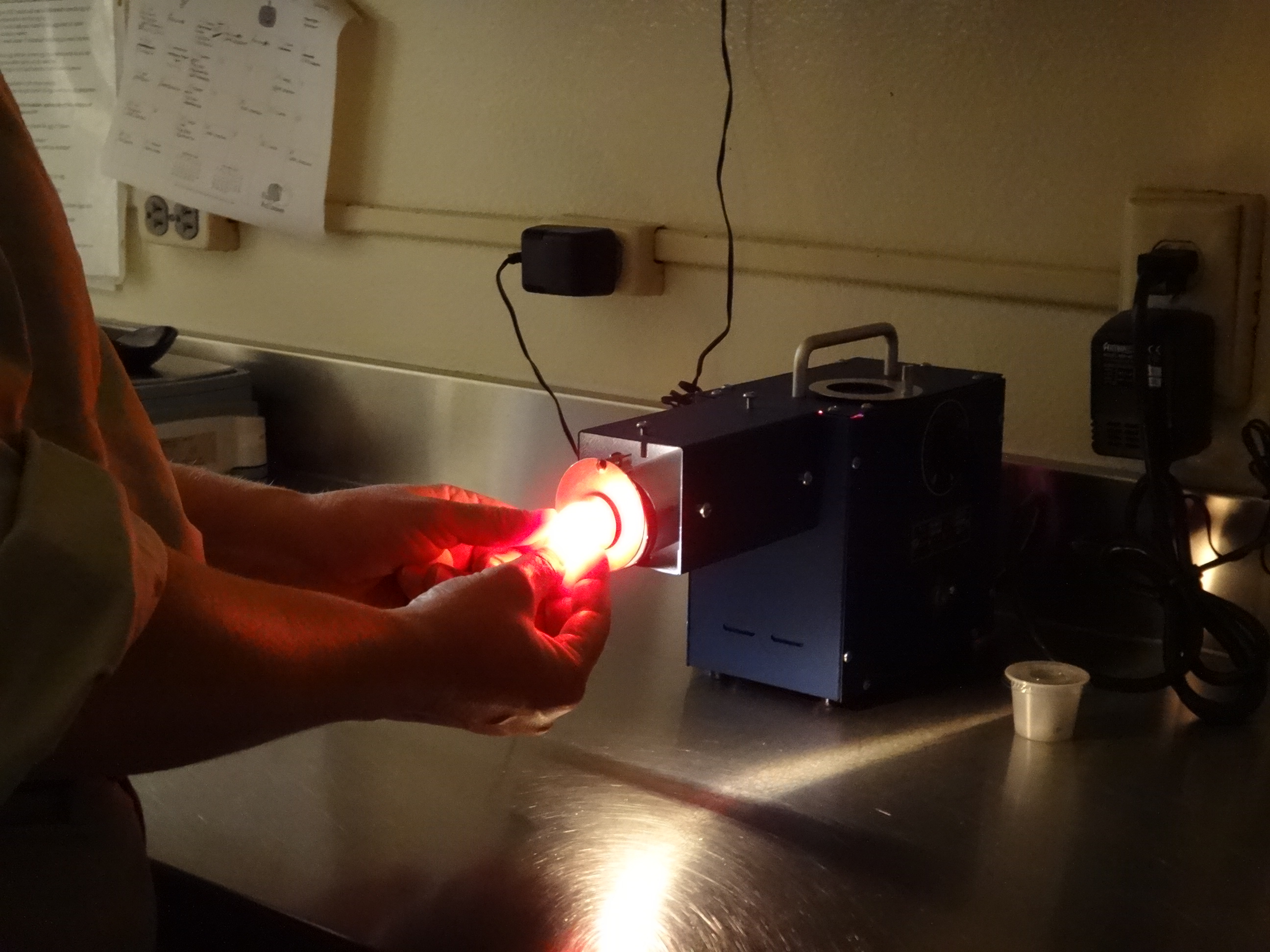
Ms. Knutson showed interns the technique of candling wherein keepers can look inside the egg to assess its health and its likelihood of hatching. Candling, however, does not tell the gender of the bird, which sometimes keepers need to know while the bird is still inside the egg. Therefore, instead of waiting for the bird to hatch and determine its gender, the Zoo collects a blood sample by carefully sanding off the egg until the first membrane. The sample is sent to a lab and the Zoo awaits the results.

Ms. Knutson showed interns the technique of candling wherein keepers can look inside the egg to assess its health and its likelihood of hatching. Candling, however, does not tell the gender of the bird, which sometimes keepers need to know while the bird is still inside the egg. Therefore, instead of waiting for the bird to hatch and determine its gender, the Zoo collects a blood sample by carefully sanding off the egg until the first membrane. The sample is sent to a lab and the Zoo awaits the results.
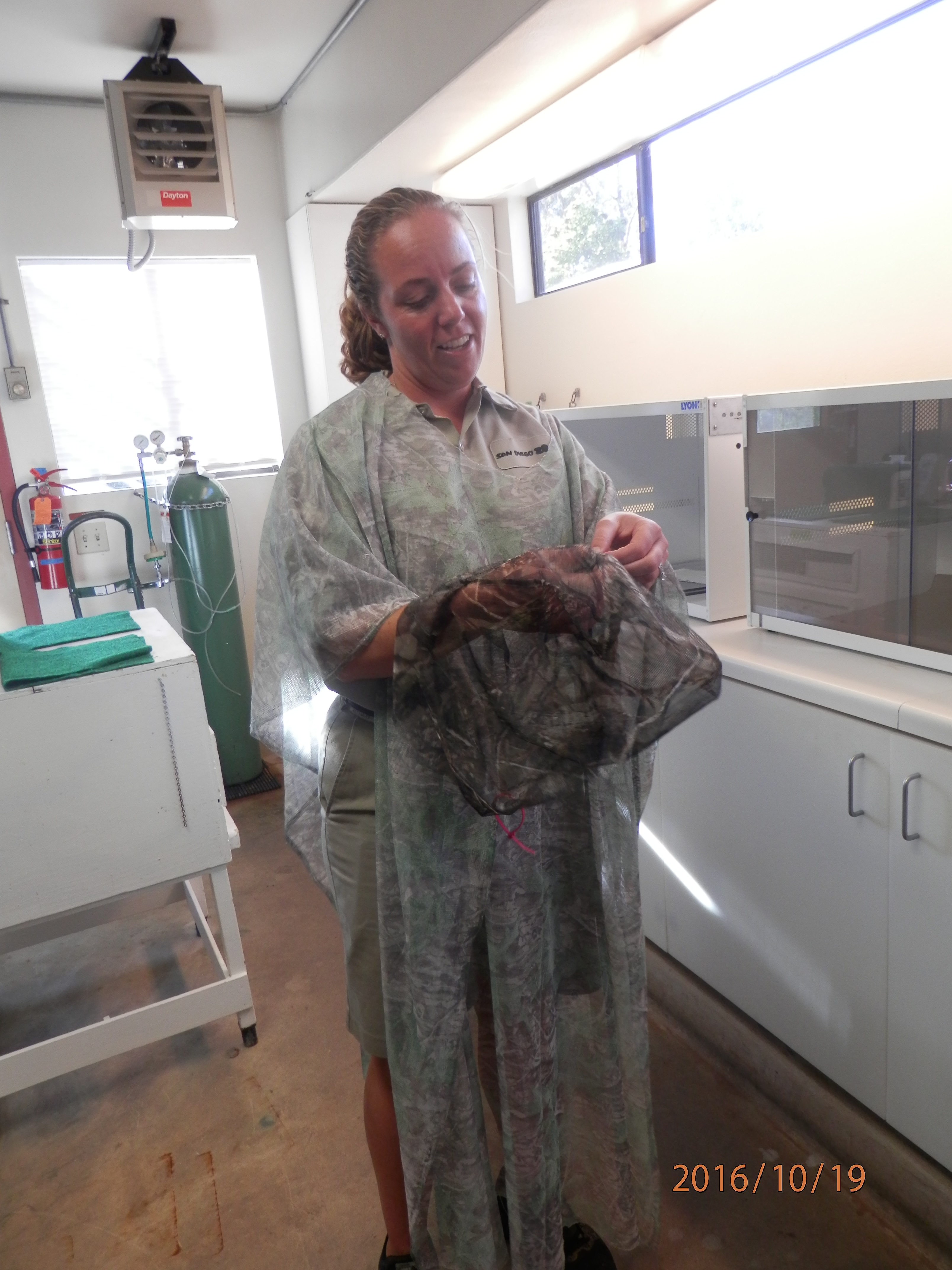
Ms. Ann Knutson attended UCSD and received a general biology degree with the hopes of either being a zookeeper or researcher. She completed a research internship in Texas marking birds for 6 months, and through this experience she developed an appreciation for birds. Although Ms. Knutson was very interested in research, she ultimately realized that she preferred making a difference in the world by talking to individual people and directly sharing researcher’s findings with the public. This led her to a career of being a zookeeper, which began with her working in the Kansas Zoo for 5 years, and then moving to her current job at the San Diego Zoo.
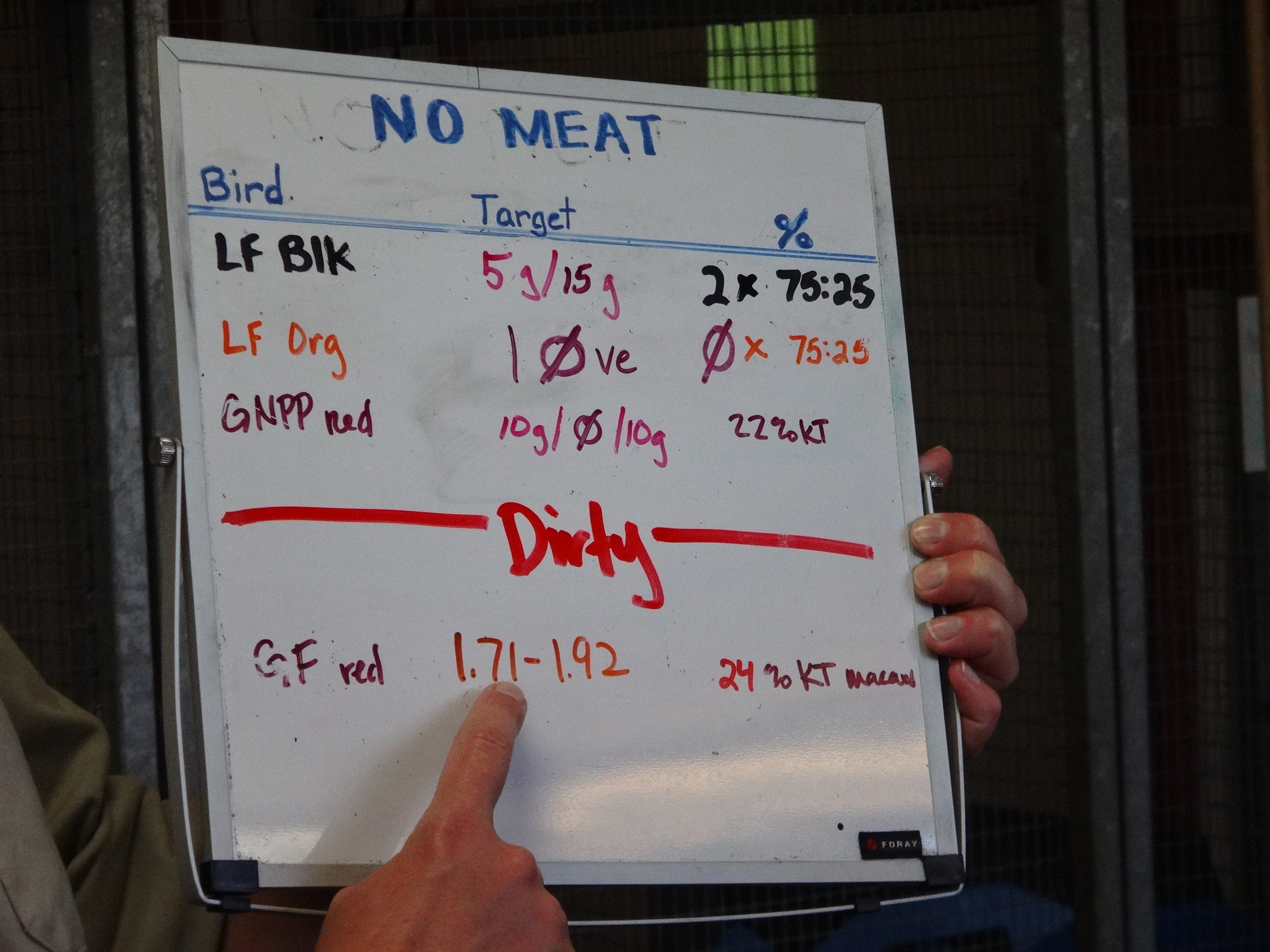
When it comes to feeding, taking care of baby birds is a lot of hard work, and keepers must track the amount of food that is given to each bird. The birds have identifying names and target amount of grams to be fed as well as the percent of solid food that they should receive on a daily basis.
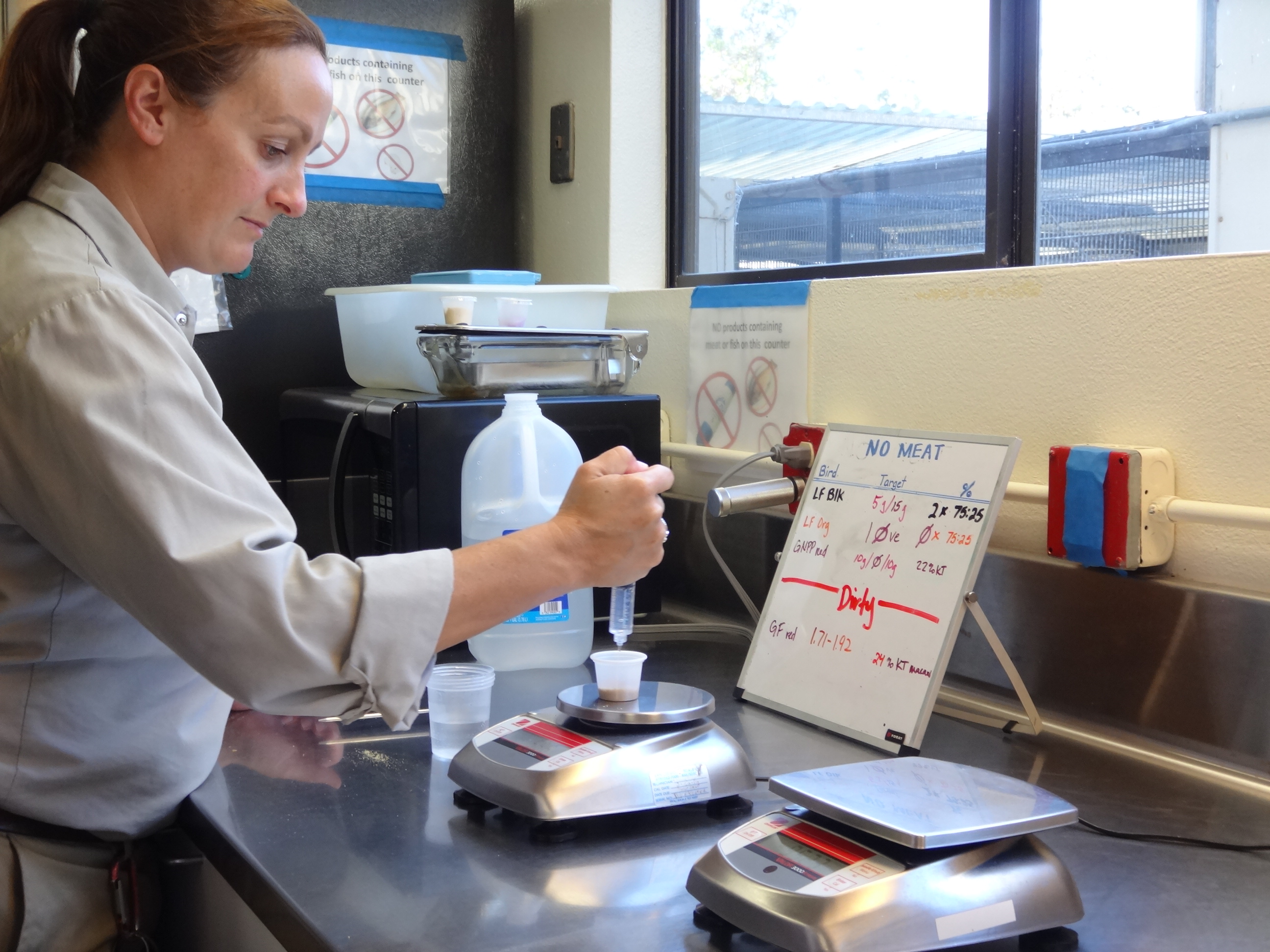
Ms. Theule carefully measures the weight of the food for the birds on a scale. The food also needs to be warmed up as chicks cannot control their body temperature. Once the food is weighed and heated up, it is collected in a syringe, and Ms. Theule feeds the hungry chicks!
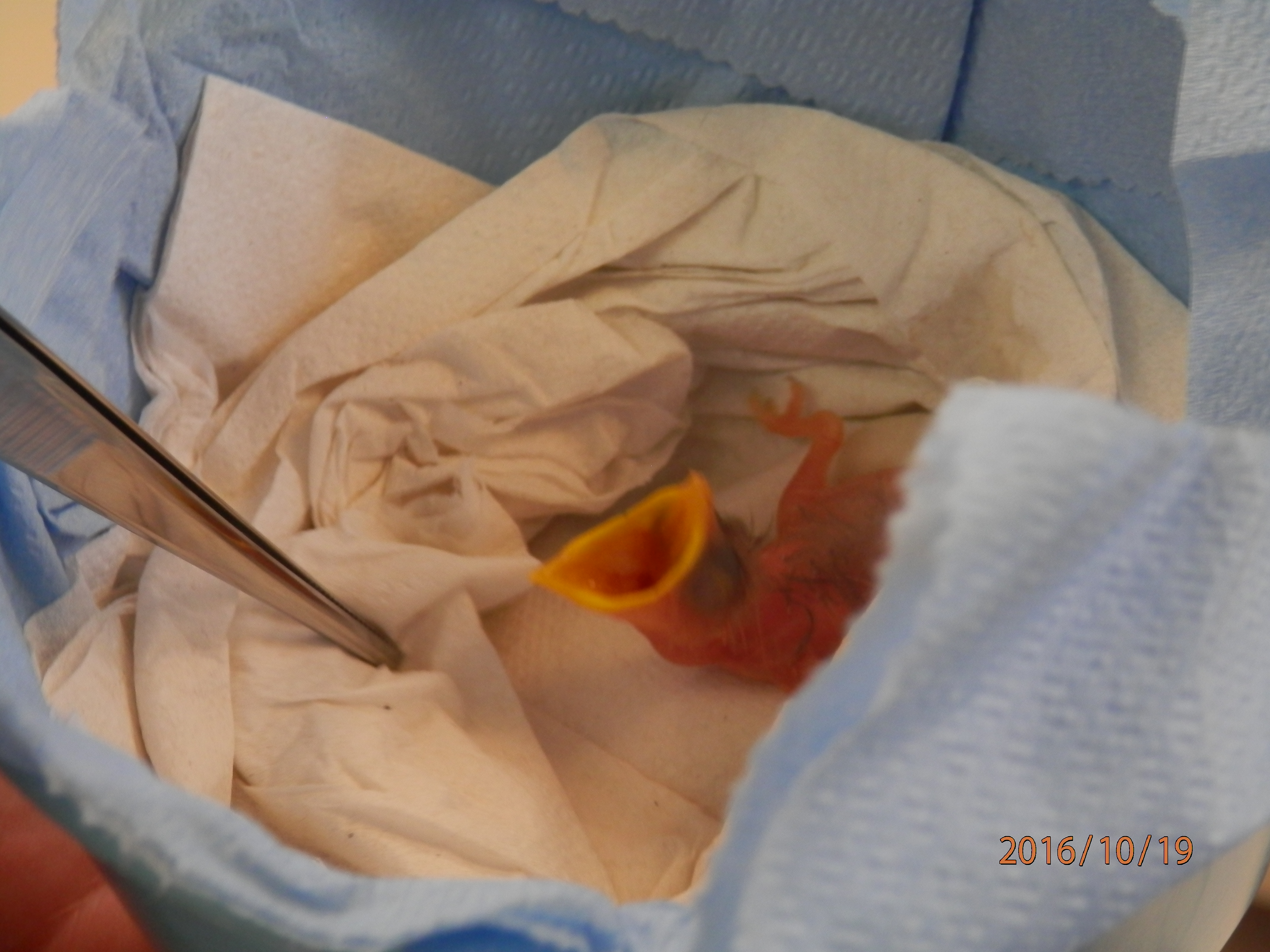
Ms. Theule carefully measures the weight of the food for the birds on a scale. The food also needs to be warmed up as chicks cannot control their body temperature. Once the food is weighed and heated up, it is collected in a syringe, and Ms. Theule feeds the hungry chicks!
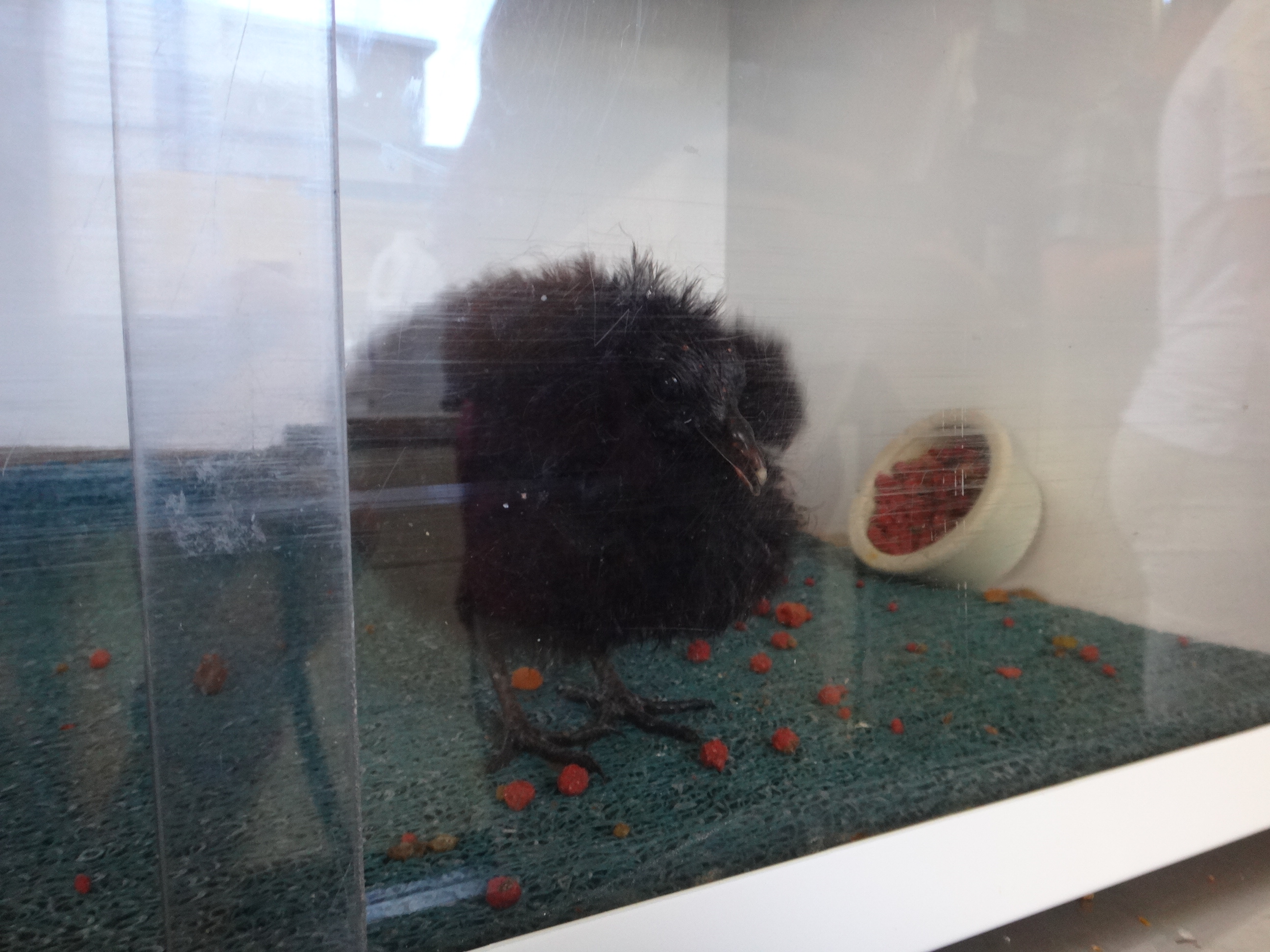
This cute fluff ball is a spunky three week old green-naped pheasant pigeon! Although the chick is small and uniform in color now, once it reaches maturity it will be about 46 cm long and will be colored dark blue, red, green and white. Ms. Theule explained that when taking care of chicks, like this pigeon, she needs to monitor if they are not producing fecal matter. A lack of fecal matter could indicate that the chick is dehydrated and that keepers need to adjust the temperature of the enclosure for the chick.
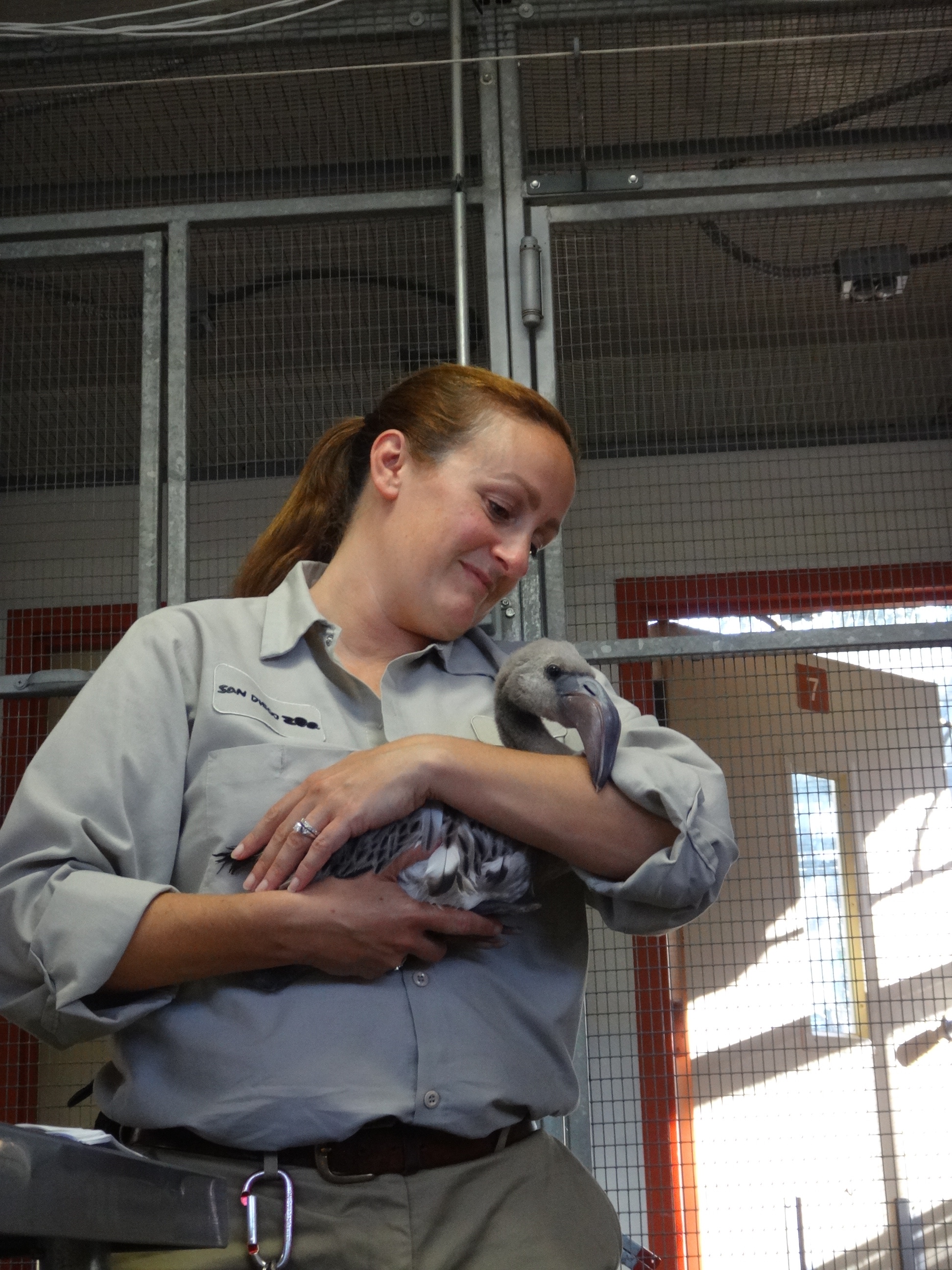
Ms. Theule and Ms. Knutson brought out two baby flamingoes for the interns to meet! Baby flamingoes actually have grey feathers and eventually gain their unique pink hue as they mature. The baby flamingoes were very cute as they clumsily leaned on Ms. Theule and Ms. Knutson for support as they carefully investigated the interns.
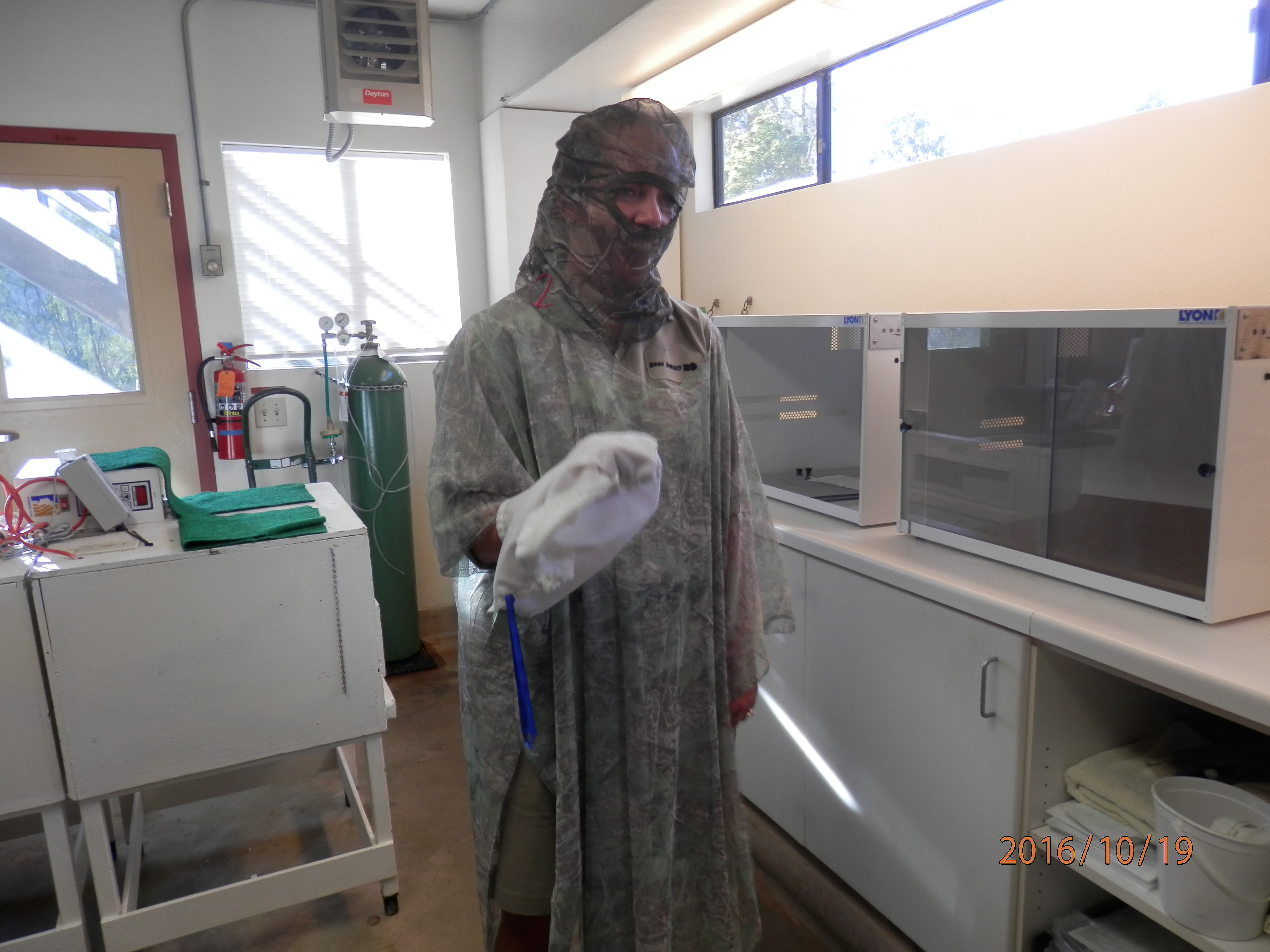
Ms. Knutson explained that as birds get older they gain their independence, and no longer wish to be fed by the keepers. So, in order for the more independent birds to receive their daily meals, keepers must exercise the technique of ghosting. With ghosting Ms. Knutson has to put on a camouflage costume and a white glove so birds cannot see any human physical characteristics when receiving their food.
Emma, Photo Team
Week Three, Winter Session, 2016

